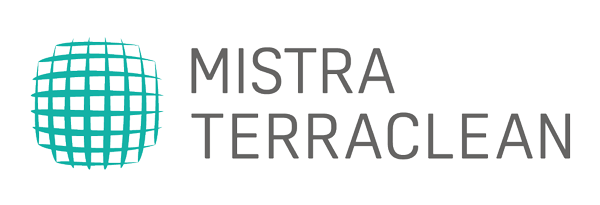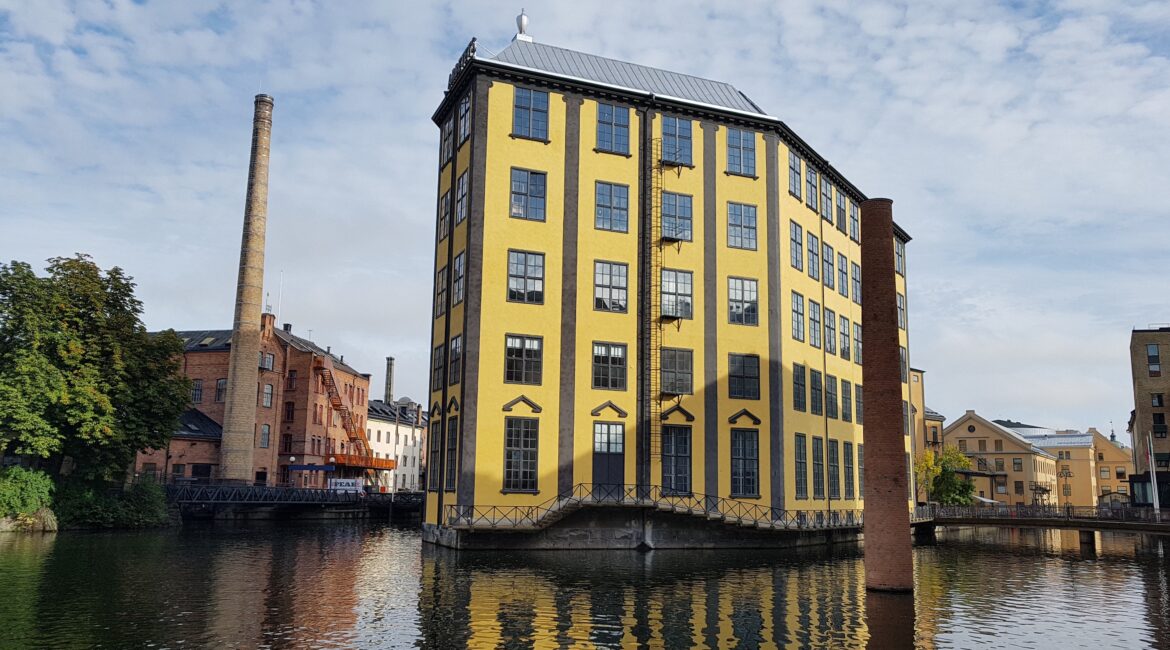What is the research worth if we produce data that no one needs? And if the new smart innovative solutions will be expensive, can they compete with existing technology? Will they ever reach the market?
At Mistra TerraClean consortium meeting on October 3 and 4 in Norrköping, the discussion started with listing the weak points of smart materials for water and air purification. Each group was asked to list as many negative statements as possible, and then positively respond back, refuting each statement.
The weak points, such as that the materials can change properties over time, that they can create new problems and that entire processes may have to be rebuilt when new devices are installed, were met with many wise arguments. Planning and validation become especially important when new solutions replace traditional ones. New technology often means smaller and more efficient instruments and probes, so it should not be difficult to fit them into existing structures. And ok, smart materials solutions may seem expensive. But it could in the end be more costly to not embrace innovations!
More than 40 people had gathered for the consortium meeting at Visualization Center in Norrköping. The group consisted mainly of researchers from academia and the research institutes, and also some of Mistra TerraClean’s industry representatives. The program manager Professor Ulrica Edlund started by presenting the current program structure and the milestones that have been reached since its inception in 2017. She also showed what the program has achieved in the form of publications, awards, company formations, and expertise in advanced materials, sensors, and life-cycle assessments (LCA).
The site for the consortium meeting was chosen with care. Norrköping is the home for RISE Printed Electronics Arena, Sweden´s main site for printed electronics research, where several of the consortium’s researchers work. The scientific field is multi-disciplinary, at the intersection of electronics design, chemistry, and physics, and ranges from fundamental research in polymers (materials science) to applied research with confidential applications in a multitude of market segments, like humidity sensors, batteries for power supply, printed solar cells on paper or plastic and wireless “labels” for network connection.
̶ It was indeed special that we finally could meet in person for informal discussions, says Ulrica Edlund. We have completed the first year of phase two of the program. It is important that everyone sees their contribution to the overall goal, to establish a strong interdisciplinary material platform that contributes to the global environmental goals for air and water quality.

